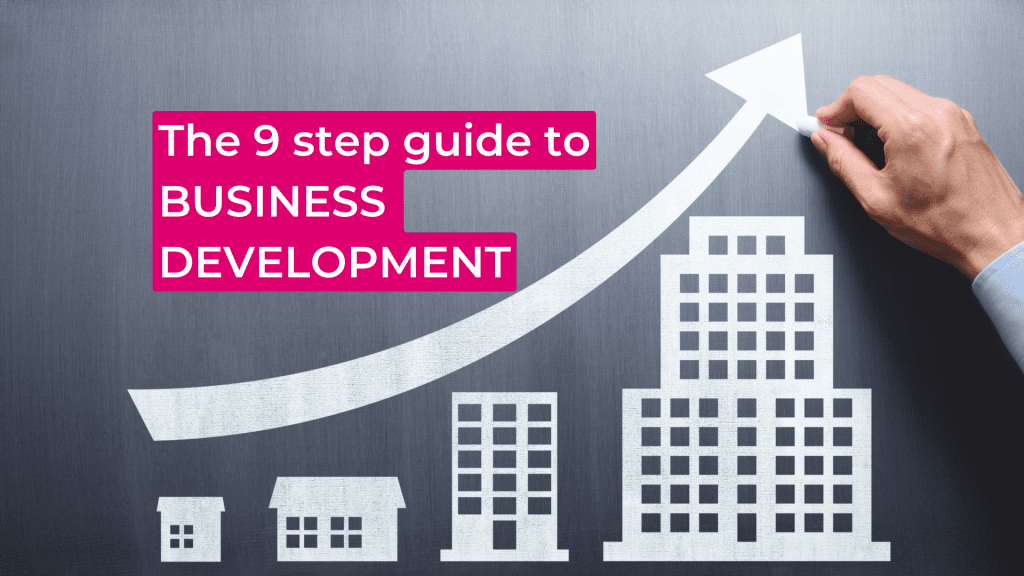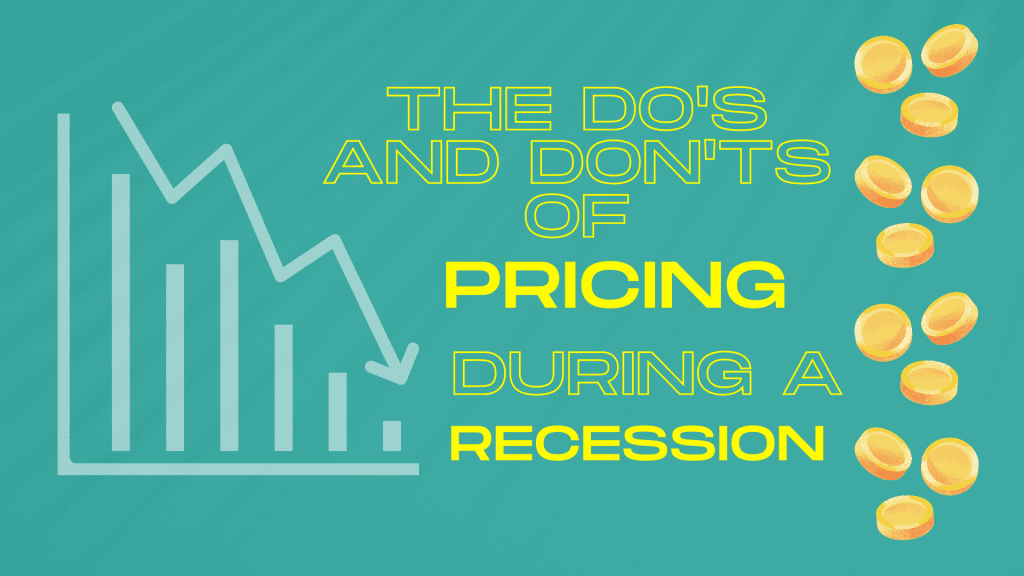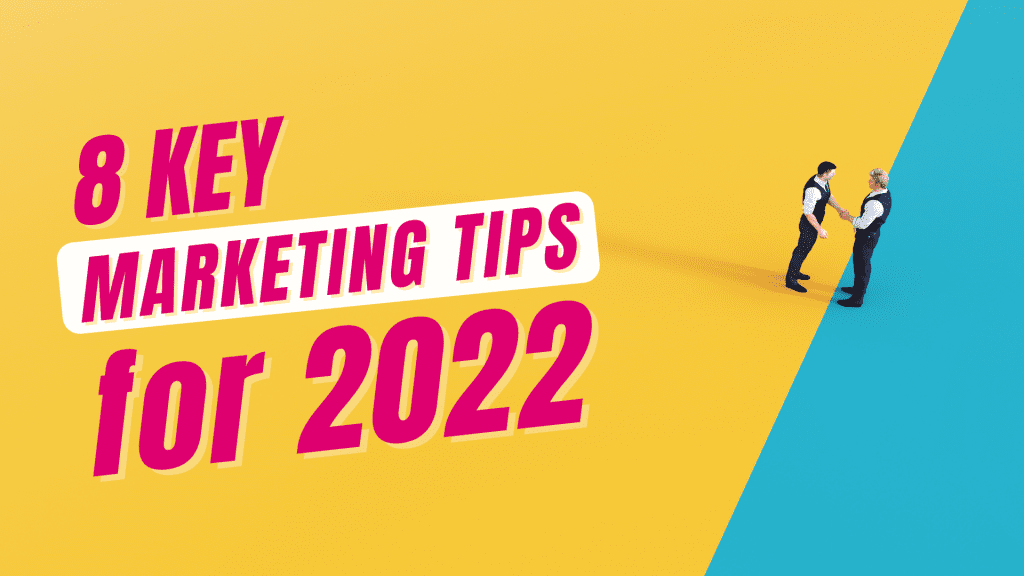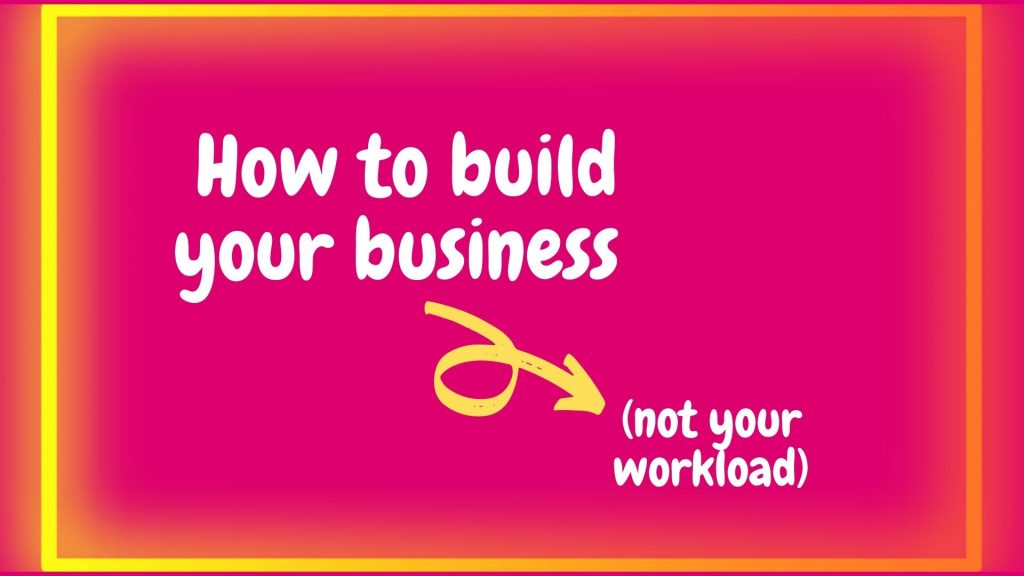



A fixed mindset is thinking that the recession means business stops and clients don’t want to spend money. A growth…

Here at 1 Accounts we are invested in helping your business develop and succeed. We find allocating some time each…

No matter how big or successful your company is, maintaining business throughout a recession is hard. With fluctuating demands, losses…

Marketing today looks vastly different from that of ten years ago. Gone are the days where paid ads, membership of…

If you want to build your business (not your workload) and you want to spend time on doing the things…

Do you publish new content on your website regularly? If you don’t, you should be. Blogging is an integral part…

Webinar marketing is all about hosting online workshops to build a relationship with attendees and to promote and increase credibility…
In an environment where trust in business is too often lacking, family businesses have the opportunity to stand out and…
Every business is on a three-step journey: survive, adapt, and thrive. Before COVID-19 hit, many were adapting or had adapted…